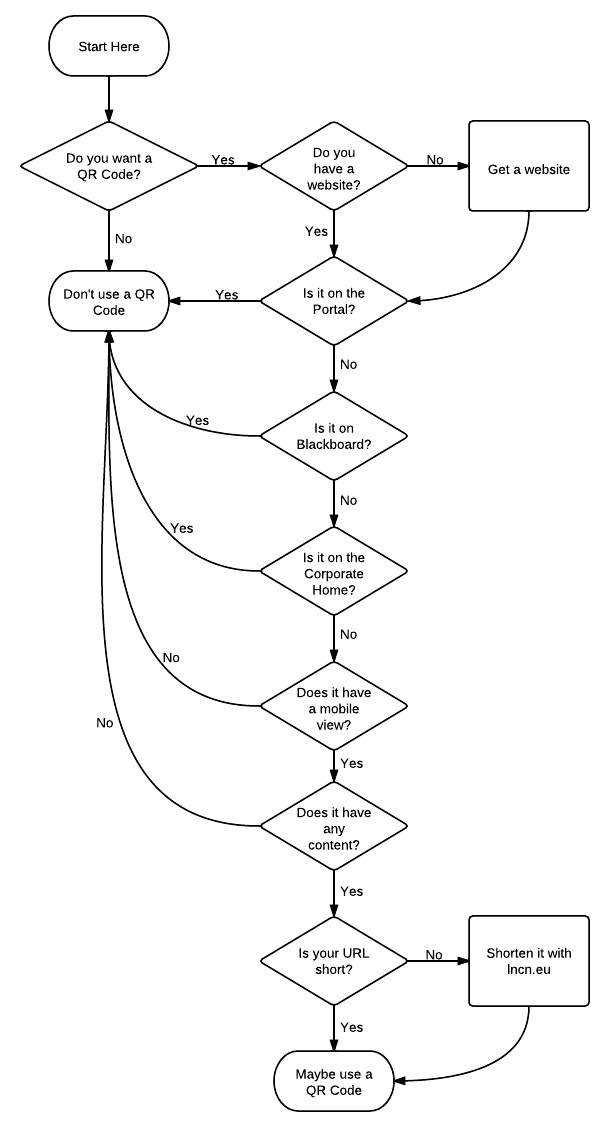One of the outcomes from the Orbital project that I’m part of is a set of new policies on the subject of research data management. Early on it was decided that this would – in the spirit of open research – be made available under an open licence along with the rest of our resources on the subject (such as training and support materials).
Being the technically minded folk that we are, we wanted to make sure that several of us could work on documentation at the same time without running the risk of overwiting each others changes. We also wanted a comprehensive versioning system to be in place from us putting the first words into the keyboard so that we could see every single change and who made it, something that we think is a big part of making a resource truly open. Finally, we also wanted a mechanism which could allow other people indirectly connected to the project to propose changes. Given our history of using similar systems to manage code there was an obvious choice – the Git source control system.
Git is a system which primarily relies on tracking line-by-line changes, meaning that when we wrote stuff we’d want to use a file format which behaved on a line-by-line basis. This made compiled binary formats such as Microsoft Word or even PDF a bit unsuitable, since a small change could result in a huge set of changes spanning hundreds (or more) of lines. We also wanted to use an open standard which didn’t have prohibitive licence restrictions and which was simple enough to be read and understood by anybody with a basic text editor. There are quite a few standards out there which meet this requirement, but again based on past experience we’re using Markdown for our RDM Policy.
Finally, inspired in no small way by the efforts of the Bundestag to convert their entire body of law to Git we wanted to store policy on a platform which not just allowed community involvement, but which positively encouraged it. GitHub is the world’s largest repository of open development, covering every language under the sun and projects ranging from hardcore low level programming through writing documentation through to communal story writing. Even better, they provide free hosting space for open projects. We already had a University of Lincoln user kicking around from past work, so it was a logical place to stick our Git repository. If you’re interested you can take a look at what we’ve got.
What’s interesting about using open text-based standards to write policy, Git for managing revisions and GitHub as a storage provider is that we’ve inadvertently made it very easy for people to do things that they couldn’t do before.




 Now you can, as I’ve just added another three of our core services (Portal, Email and Library Catalogue) and one non-core but useful service (Blogs) to our Pingdom monitoring system. They now join Blackboard on a brand new
Now you can, as I’ve just added another three of our core services (Portal, Email and Library Catalogue) and one non-core but useful service (Blogs) to our Pingdom monitoring system. They now join Blackboard on a brand new